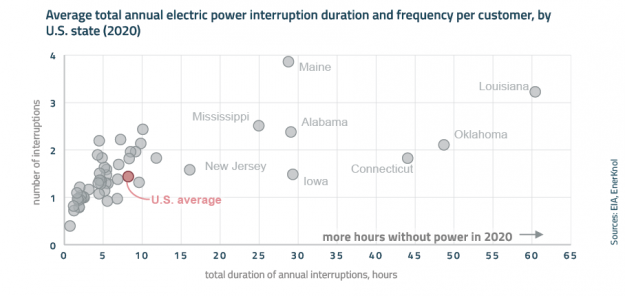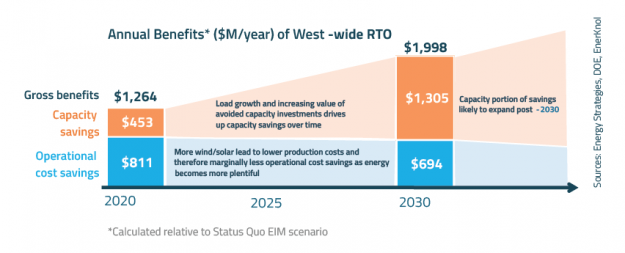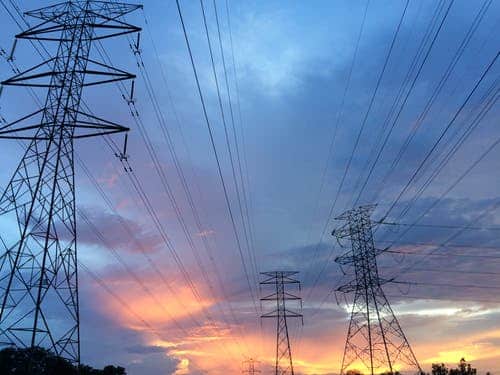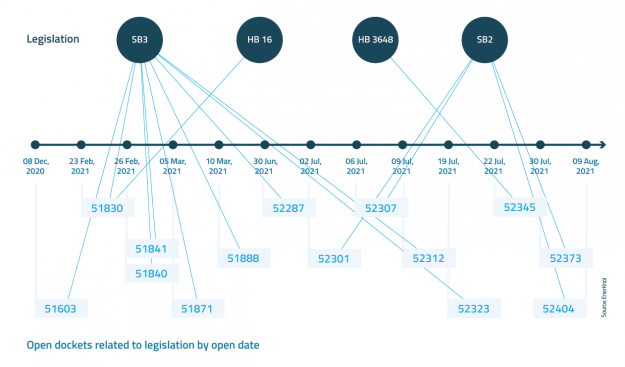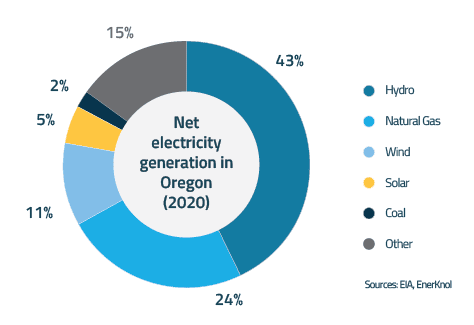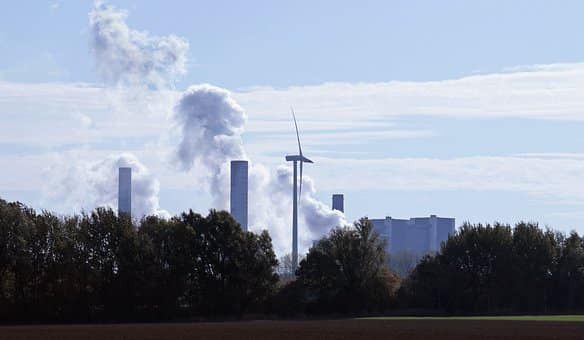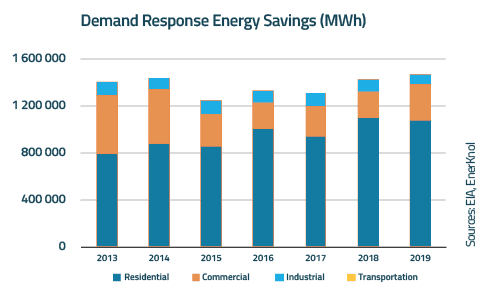California Commission Takes Steps to Ensure Summer Electricity Reliability
The California Public Utilities Commission on Dec. 2 introduced new programs and modifications to existing programs to lower energy demand and increase supply during critical hours to prevent electricity breakdowns during extreme heat events such as the west-wide heat waves of 2020 and 2021. To protect the grid during extreme weather seasons, the regulator approved…...

